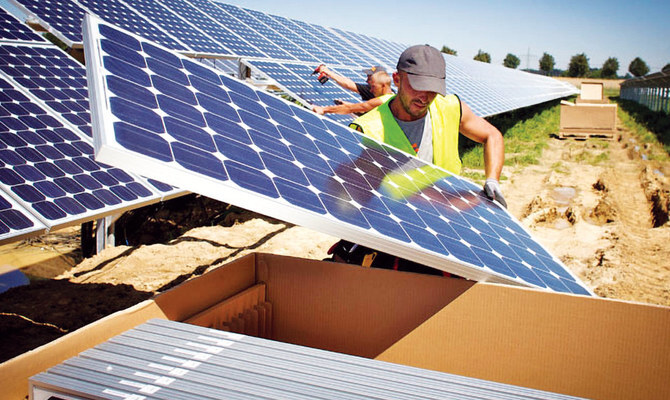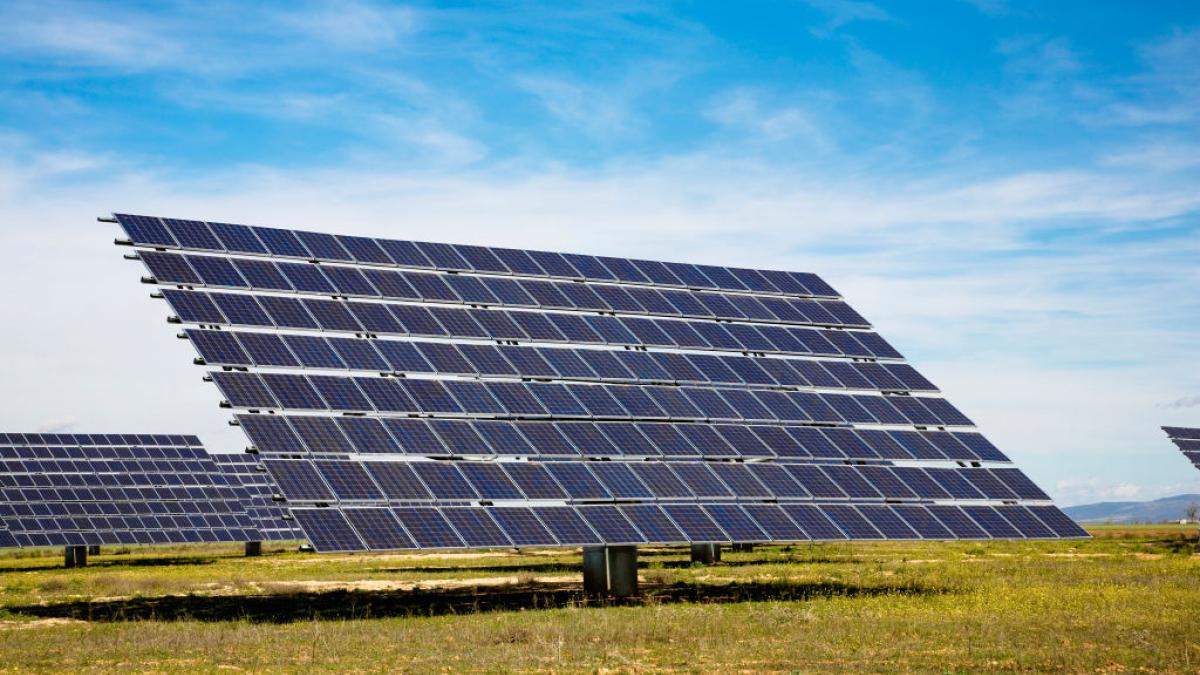As the world rapidly transitions to renewable energy, solar power has become a major contributor to reducing greenhouse gas emissions and addressing climate change.
Solar panels, fundamental to capturing this clean energy, have been widely adopted across residential, commercial, and utility sectors, resulting in millions of installations. However, this extensive use of solar panels brings forth a new challenge: the management of solar panels that have reached the end of their life cycle. Typically, solar panels have a lifespan of 25 to 30 years, and as they age out, the critical issue of their sustainable recycling and disposal arises.
End-of-life (EoL) solar panels present a significant opportunity both environmentally and economically. They are composed of valuable materials such as silicon, glass, aluminum, and various metals, all of which can be recovered and reused. However, if not properly managed, these panels can pose environmental risks due to potentially hazardous substances like cadmium, lead, and other toxic chemicals.
Sustainable handling of EoL solar panels is crucial for minimizing waste, conserving natural resources, and reducing the environmental impact of solar energy systems. This involves the development of effective recycling technologies, compliance with regulatory standards, and the promotion of a circular economy where materials are consistently reused. In this light, understanding sustainable methods for recycling or disposing of solar panels is vital for both the environment and the future success of the solar industry
Recycling or disposing of end-of-life solar panels sustainably is crucial for mitigating environmental impact and promoting circular economy principles. Solar panels primarily consist of materials such as glass, aluminum, and silicon, which can be reused or recycled. Here are the main approaches for sustainable recycling and disposal of solar panels:
1. Material Recovery and Recycling Processes
Disassembly:
Manual and Automated: The initial step involves the manual or automated disassembly of panels into their individual components, which include glass, aluminum frame, plastic, and semiconductor materials. Automated procedures offer enhanced efficiency and safety.
Material Separation:
Glass and Aluminum: Glass is commonly segregated from the remaining components through mechanical methods like shredding or cutting. The aluminum frame is typically eliminated either manually or through automated systems.
Silicon Cells and Metals: Silicon cells, along with metals such as silver and copper, are isolated using methods such as heat treatment and chemical extraction.
Recycling Techniques:
Thermal Processing: The panels undergo a heating process to facilitate the melting and separation of materials. Through this technique, it becomes possible to recover both silicon and metals.
Chemical Processing: Chemical substances are utilized for the purpose of dissolving and segregating various materials. This technique proves to be especially beneficial in the retrieval of metals.
Mechanical Processing: Grinding and sieving are used to separate different layers and materials.
2. Innovative Recycling Technologies
Laser Separation:
Lasers are employed to precisely cut and separate materials without causing any harm to the core components, thereby enabling a more efficient retrieval of high-purity materials
Electrochemical Processes:
Involves using electric currents to dissolve and recover metals from the panels, reducing the need for hazardous chemicals.
Pyrolysis:
Utilizes heating panels in an oxygen-free environment to decompose organic substances and extract metals and silicon.
3. Repurposing and Reuse
Second-life Applications:
Panels that are still functional but no longer efficient can be repurposed for less critical applications, such as providing power for low-energy needs in off-grid locations.
Donations and Refurbishment:
Panels in good condition can be renovated and given to communities or countries in need, thus prolonging their usage.
4. Sustainable Disposal Practices
Landfill Avoidance:
Solar panels must not be discarded in landfills because of the risk of hazardous materials like lead and cadmium leaching into the environment. Such actions are typically prohibited by regulations.
Regulated Waste Management:
Ensure that panels are disposed of through certified e-waste recycling centers that follow strict environmental regulations and standards.

5. Policy and Regulation Support-
Extended Producer Responsibility (EPR)
Manufacturers bear the responsibility for managing the end-of-life phase of their products. They are obligated to retrieve panels and guarantee their sustainable recycling or disposal.
Subsidies and Incentives:
Governments offer financial assistance to both recycling companies and consumers in order to promote the recycling of solar panels.
Mandatory Recycling:
Some regions require mandatory recycling of solar panels, ensuring that they are not simply discarded but instead processed properly.

6. Public and Industry Awareness
Education and Training:
Educate the public and industry stakeholders about the importance of recycling solar panels and the available options for sustainable disposal.
Industry Collaboration:
Foster cooperation among industry stakeholders to exchange knowledge and innovations in the recycling and reusing of solar panels
7. Circular Economy Approaches
Design for Recycling:
Encourage manufacturers to design solar panels that are easier to disassemble and recycle, using fewer hazardous materials and more recyclable components.
Material Loop Closure:
Encourage the utilization of reclaimed materials in the manufacturing of fresh solar panels, thereby decreasing the requirement for unused materials and mitigating the environmental consequences
.
Summary
The effective recycling and proper disposal of decommissioned solar panels require a blend of cutting-edge recycling techniques, governmental backing, and public consciousness. By prioritizing material retrieval, inventive recycling approaches, and the principles of a circular economy, the ecological consequences of solar panel disposal can be greatly diminished, thereby fostering a more sustainable and resource-efficient utilization












